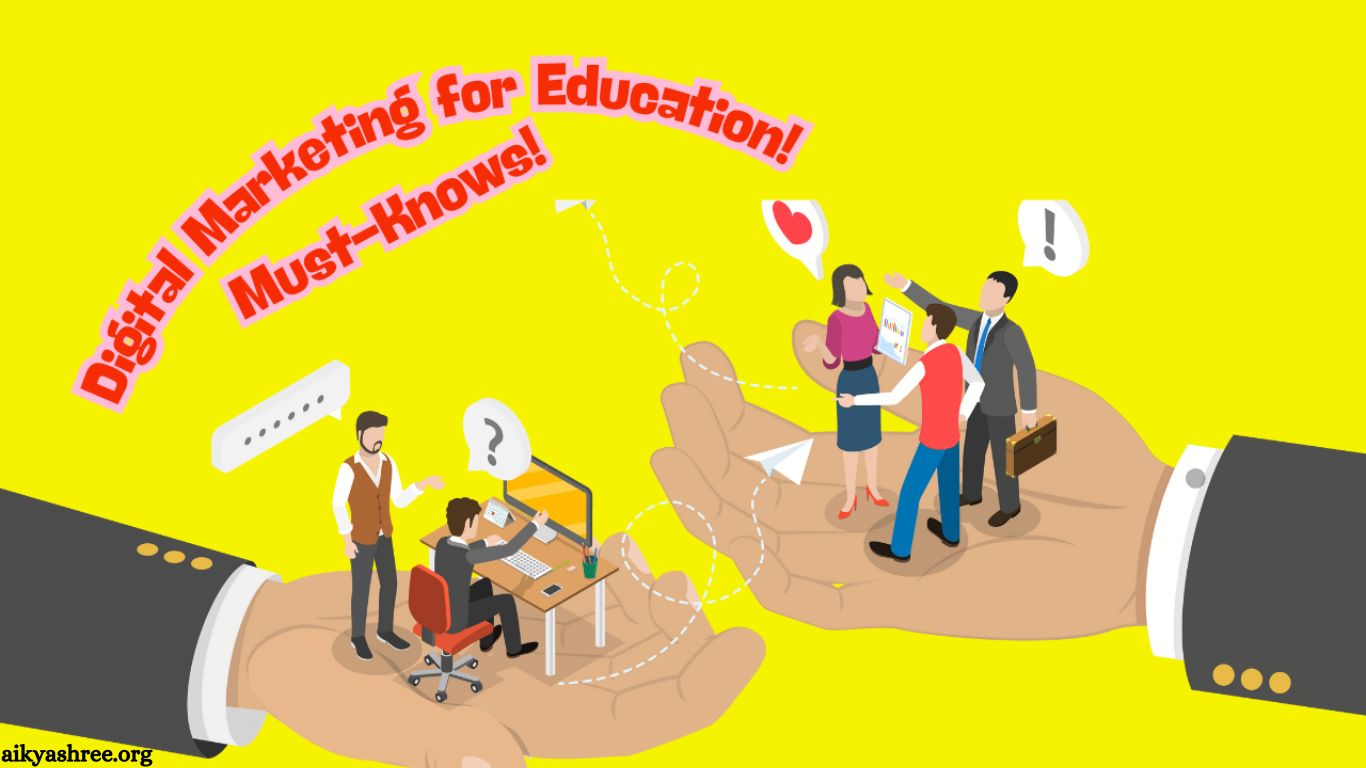Education has evolved over the past decade, making digital marketing essential for student engagement. Many schools with strong programs struggle due to ineffective online strategies, while others with average offerings thrive by mastering digital platforms.
Successful digital marketing goes beyond ads and social media aesthetics. The real challenge lies in reaching students effectively and navigating platform restrictions that constantly change.
Primary School Digital Marketing Strategies
Many schools mistakenly believe they must be active on every social platform, but scattered efforts often lead to poor results. Success comes from strategic presence—being on the right platforms with purposeful engagement.
Social Media Marketing: LinkedIn and Instagram drive the best results. Engagement doubles when schools share campus life, student experiences, and informal Q&As with teachers. Consistency is key—sporadic posting won’t work.
SEO & Content Marketing: A well-crafted blog post, like Best Scholarships for International Students, can attract traffic for years. Schools often overlook this powerful, cost-free digital marketing tool.
Targeted Advertising: Google and Facebook ads deliver strong results when properly focused. Missteps, like promoting graduate programs to teenagers, waste budgets. Precision in targeting ensures better conversions.
Read More: How to Maximize Your Winning Potential at 33Win
Personalized Learning and Analytics-Driven Marketing
The biggest mistake schools make? Treating all students the same. Personalization can mean the difference between engagement and getting ignored.
Leveraging Analytics: One school assumed students wanted general study tips. However, website data revealed “fastest online degrees” was the top search. Adapting content to real interests transformed their strategy.
Personalized Campaigns: Poorly executed automation feels impersonal, but done right, it builds genuine connections. Simply using first names and tailoring course recommendations instead of generic newsletters can double engagement.
Academic Online Advertising Trends for the Future
Digital marketing for education evolves rapidly, often outpacing schools’ ability to keep up. Here’s where it’s headed:
AI-Powered Advertising: Beyond chatbots, AI will soon customize entire marketing funnels based on browsing behavior—a game-changer for student engagement.
AR & VR: One university used VR for campus tours, attracting a surge of interest. Offering a virtual student-life experience eliminates travel barriers.
Short-Form Video Mastery: TikTok and Reels aren’t just for influencers. Schools using quick videos for student testimonials, course highlights, and tips see massive engagement.
Lastly
Effective digital marketing for schools isn’t about being everywhere—it’s about being strategic. Schools that understand their audience, craft relevant messages, and adapt to trends will thrive. Success comes from meaningful relationships, not just frequent posts.
Constant algorithm shifts can be frustrating, but adaptability is key. Experimenting, refining strategies, and analyzing data keep schools ahead. Above all, great educational marketing focuses on relevance, authentic conversations, and a human touch. Schools that get this right won’t just increase enrollments—they’ll build lasting communities based on trust and shared values.
Frequently Asked Questions
Why is digital marketing important for schools and universities?
Digital marketing helps educational institutions connect with students, increase enrollments, and build a strong online presence through targeted advertising, social media engagement, and content marketing.
Which social media platforms are best for educational marketing?
LinkedIn and Instagram are highly effective. LinkedIn works well for professional networking and alumni engagement, while Instagram drives student interaction through visual content.
How can schools improve their SEO?
Publishing high-quality blog content, optimizing keywords, and maintaining a well-structured website improve search rankings. Topics like Best Scholarships for International Students can generate long-term traffic.
What role does video content play in digital marketing?
Short-form videos on TikTok, Instagram Reels, and YouTube Shorts enhance engagement. Schools can showcase student testimonials, campus tours, and course highlights to attract prospective students.
How can AI improve educational marketing?
AI-powered tools personalize marketing by analyzing browsing behavior, automating responses through chatbots, and optimizing ad targeting to improve student engagement.
What are the best ways to run targeted ads for schools?
Google and Facebook ads work well when properly targeted. Schools should segment their audience based on demographics, interests, and search intent to maximize ad effectiveness.
How can institutions prevent wasting money on ineffective ads?
Defining clear audience profiles, using precise targeting, and regularly analyzing campaign performance help optimize ad spend and avoid unnecessary costs.
How can schools personalize their digital marketing efforts?
Using student names in emails, tailoring course recommendations, and leveraging analytics to create relevant content enhance personalization and engagement.
Conclusion
Digital marketing is no longer optional for educational institutions—it’s essential. Schools that embrace strategic online engagement, leverage data-driven insights, and personalize their outreach will attract and retain students effectively. Success isn’t about being everywhere but about making every interaction meaningful.
By mastering targeted advertising, SEO, social media, and emerging technologies like AI and VR, schools can stay ahead of trends and build lasting relationships. The key to effective educational marketing lies in adaptability, authenticity, and a human-centered approach. Institutions that prioritize relevance and meaningful conversations won’t just boost enrollments—they’ll create thriving communities of trust and shared values.

